The Grim Grotto, the eleventh installment in Lemony Snicket's acclaimed A Series of Unfortunate Events, continues the dark and whimsical journey of the Baudelaire orphans—Violet, Klaus, and Sunny—as they navigate a world filled with treachery, mystery, and a seemingly endless series of unfortunate events. This volume, like its predecessors, is steeped in a rich tapestry of literary allusions, clever wordplay, and a pervasive sense of doom that both captivates and unsettles its readers.
In this installment, the Baudelaires find themselves aboard a submarine, the Queequeg, which is named after a character from Herman Melville's Moby Dick. This setting is not just a backdrop; it serves as a metaphor for the depths of despair and confusion that the orphans must navigate. The underwater environment is damp and dark, mirroring the emotional and psychological states of the characters as they grapple with their past and the ongoing mystery surrounding the enigmatic VFD organization. The choice of a submarine also emphasizes the isolation the Baudelaires feel, both from the world and from the adults who are supposed to protect them.
One of the most striking themes in The Grim Grotto is the exploration of identity and the search for truth. Throughout the series, the Baudelaires have been on a quest not only to survive but to uncover the secrets of their parents' past and the shadowy organization that seems to be intertwined with their fate. In this volume, the orphans encounter new characters, including the mysterious and somewhat sinister figure of Captain Widdershins, who adds layers to the narrative. His character embodies the complexities of morality and the ambiguity of good versus evil, which is a recurring theme in Snicket's work. The Baudelaires must discern whom to trust in a world where appearances can be deceiving, and loyalty is often a fleeting concept.
The character development in this book is particularly noteworthy. Violet, the inventive eldest sibling, continues to showcase her resourcefulness, while Klaus, the bookish middle child, relies on his vast knowledge to solve puzzles and navigate challenges. Sunny, the youngest, demonstrates her growth as she becomes more assertive and capable, contributing to the group's survival in unexpected ways. This evolution of the characters is not just about their individual skills; it reflects their resilience and adaptability in the face of adversity. Snicket masterfully illustrates how trauma and hardship can forge stronger bonds between siblings, highlighting the importance of family and support in overcoming life's challenges.
Another significant aspect of The Grim Grotto is its commentary on the nature of knowledge and ignorance. The Baudelaires' quest for answers often leads them to uncomfortable truths, forcing them to confront the harsh realities of their situation. Snicket's narrative style, characterized by its dark humor and sardonic tone, invites readers to reflect on the complexities of knowledge—how it can empower but also burden those who seek it. This theme resonates with readers of all ages, as it speaks to the universal struggle of understanding one's place in a chaotic world.
As with previous books in the series, Snicket employs a unique narrative voice that is both engaging and unsettling. His use of irony and wit serves to lighten the heavy themes while simultaneously deepening the reader's emotional investment in the characters' plight. The author’s penchant for breaking the fourth wall and addressing the reader directly adds a layer of intimacy to the storytelling, making the reader feel complicit in the orphans' misadventures. This technique not only enhances the reading experience but also reinforces the sense of shared suffering and resilience.
Visually, the book is complemented by Brett Helquist's illustrations, which capture the eerie and whimsical essence of Snicket's world. The artwork serves as a perfect counterpoint to the text, providing a visual representation of the characters' emotions and the foreboding atmosphere that permeates the story. Helquist's illustrations are not merely decorative; they enhance the narrative by adding depth and nuance to the unfolding drama.
In comparison to other works in the genre, The Grim Grotto stands out for its unique blend of dark humor and poignant themes. While many children's books offer straightforward narratives with clear moral lessons, Snicket's series challenges readers to confront uncomfortable truths and embrace the complexity of life. This approach is reminiscent of Roald Dahl's works, which also feature children facing extraordinary circumstances, but Snicket's style is distinctly more metafictional and self-aware. The series invites readers to question the nature of storytelling itself, making it a rich text for analysis and discussion.
Overall, The Grim Grotto is a masterful continuation of the Baudelaire saga, deepening the series' exploration of themes such as identity, knowledge, and the bonds of family. Snicket's ability to weave humor into dark narratives ensures that readers remain engaged, even as they confront the bleak realities faced by the orphans. This book is not just a tale of misfortune; it is a profound commentary on the human experience, making it a must-read for both children and adults alike.
In conclusion, Lemony Snicket's The Grim Grotto is a testament to the power of storytelling in illuminating the complexities of life. It invites readers to embrace the darkness while seeking the light, making it a poignant addition to the literary canon. Whether you are a long-time fan of the series or a newcomer, this book promises to deliver an unforgettable reading experience that lingers long after the final page is turned.
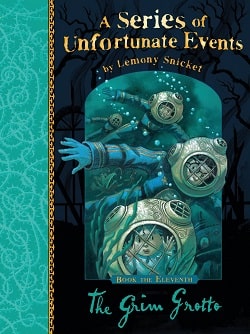




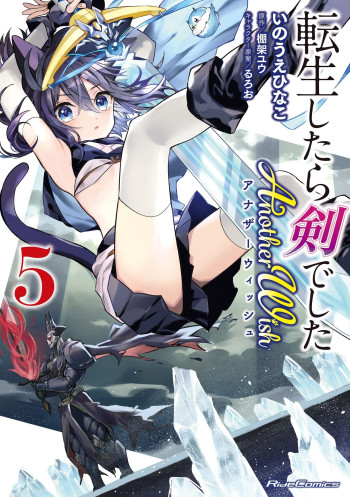

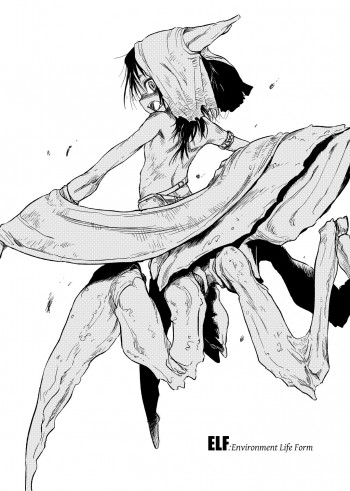
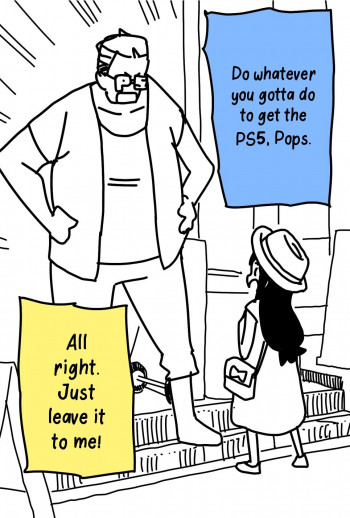
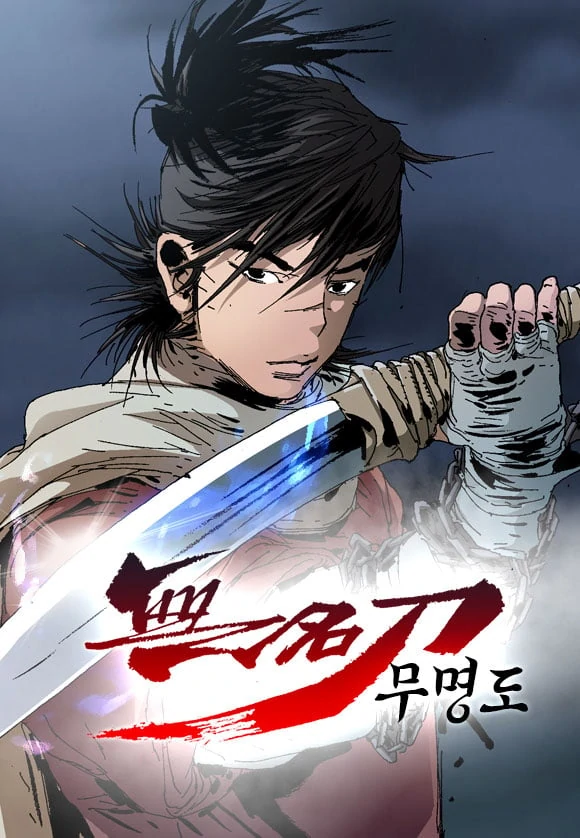
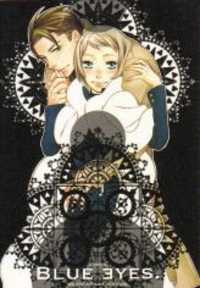
![God of Bath [Official]](/upload/pic/manga/god-of-bath--official-.jpg)












Reviews 0
Post a Reviews: